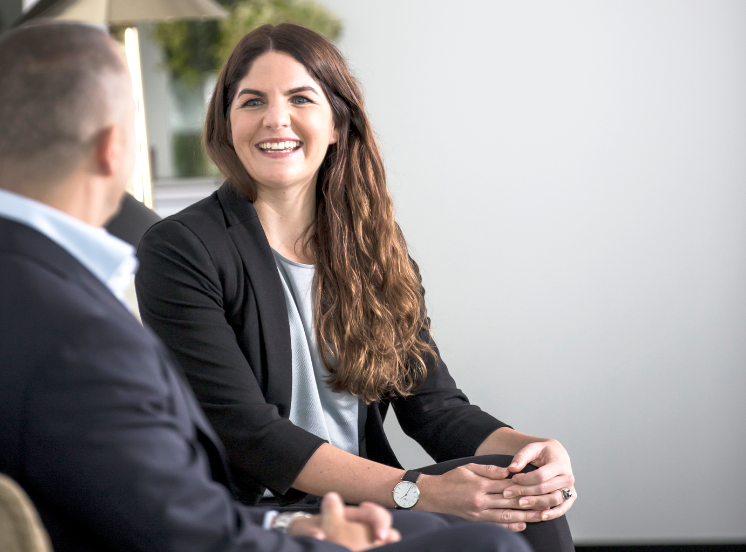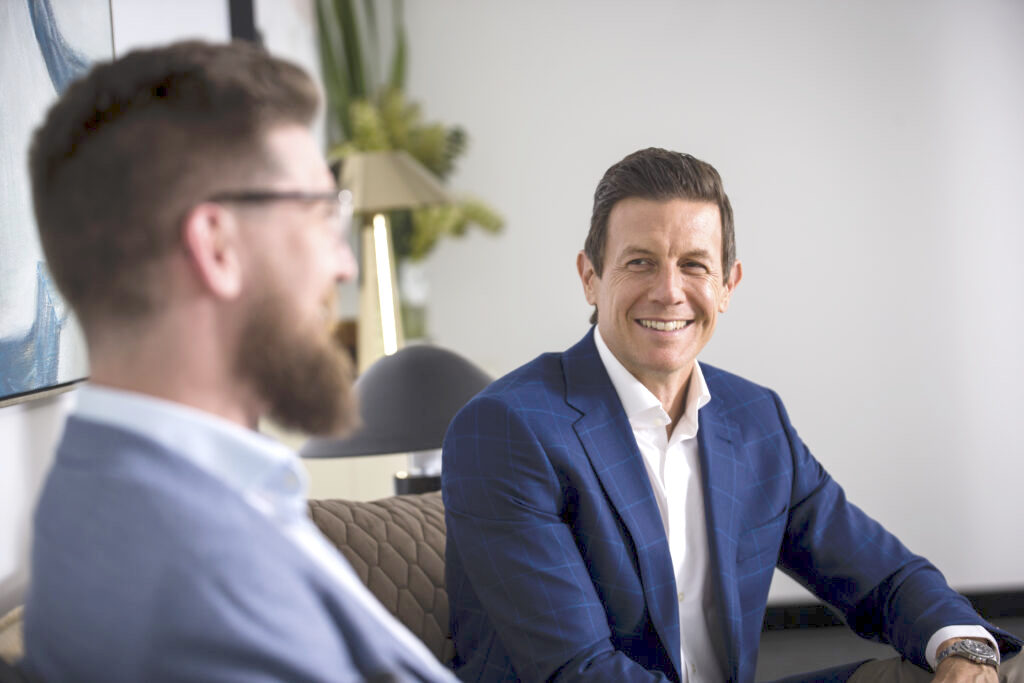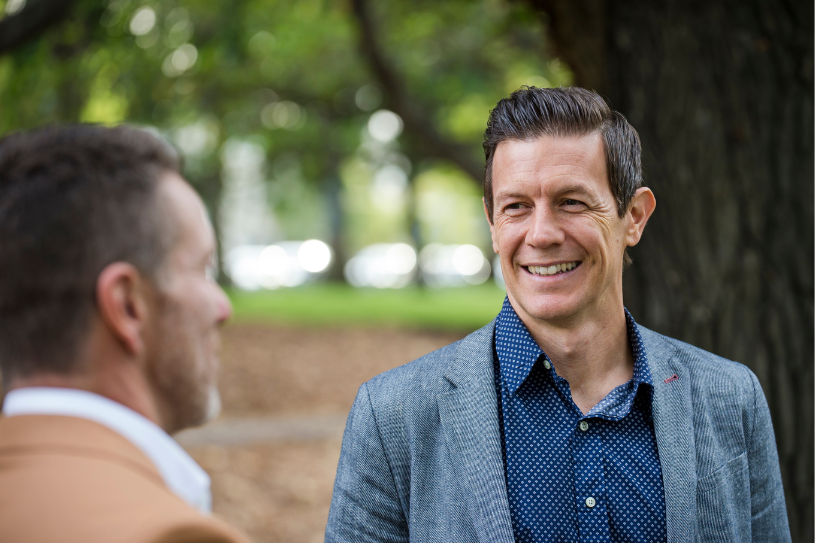





For those approaching retirement a key question that can be difficult to answer is; how much do I need in superannuation, upon retirement, to maintain my desired standard of living?
As I’m sure you can imagine this is a question I am asked almost daily. Unfortunately, the answer is never an easy one to give as everyone’s definition of a ‘comfortable’ lifestyle can vary. Here are some great questions to ask yourself when trying to identify and calculate how much superannuation you need to accumulate to support your goals and lifestyle in retirement.
Answers to the above questions should provide you with the magic figure of how much you need each year to meet ‘your’ requirements.
Now it’s time to reverse engineer and calculate what investment balance is required to maintain this level of income throughout your retirement.
At Hewison Private Wealth, through our direct investment approach, we have been able to generate investment income (net of fees) of around 4% per annum for our clients.
Therefore, to meet our client’s objectives, without drawing down on the capital, we generally prescribe the “Multiply by 25” rule. Put simply, you multiply how much you will need in retirement each year by 25.
For example, if you need $40,000 per annum, you need $1,000,000 dollars in your retirement. ($40,000 x 25 equals $1,000,000.) If you want $100,000 per annum, you need $2.5 million.
In a recent article fellow Hewison Private Wealth Adviser, Steph Patrick, put together a comprehensive guide on how to maximise your superannuation for retirement, which you can READ HERE.
Relying on income and not capital growth to meet your requirements in retirement, ensures that you are not drawing down on your capital. This approach is not all about preserving assets for future generations but works to minimise the impact of market downturns. The last thing you want to do in retirement is draw down on capital when markets are experiencing a downturn.
Furthermore, by relying on capital growth to meet your requirements in retirement you can be exposed to ‘Sequencing Risk’. This is where the timing and order of investment returns can be critical in the longevity of your superannuation funds. For example, a substantial market downturn in the first few years of retirement could substantially reduce the life of your fund. Alternatively, building a portfolio around cash flow can minimise the need to drawdown on capital as the ability for an investment to pay income is not necessarily impacted by its market value.
Once your retirement lump sum objective is determined an adviser can then create a financial roadmap to advise what course of action is required over the remainder of your working life to ensure that you can have the retirement that you have always dreamed of.
If you are beginning to think about what life would look like when your workdays are done, or if you’re even closer to transitioning towards retirement, I encourage you to reach out to one of our skilled Wealth Advisers who would be happy to have an initial conversation with you. You can connect with us HERE.